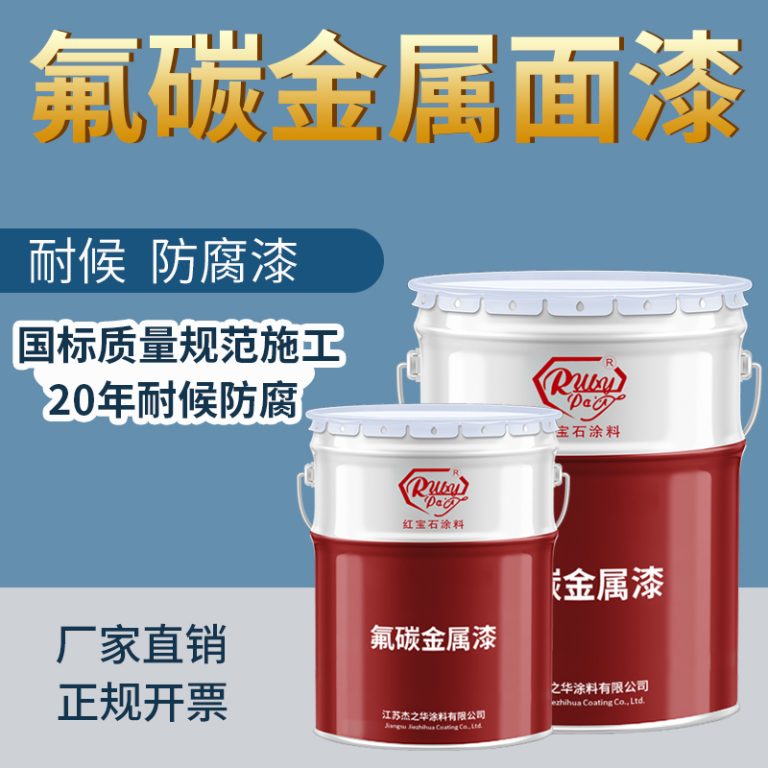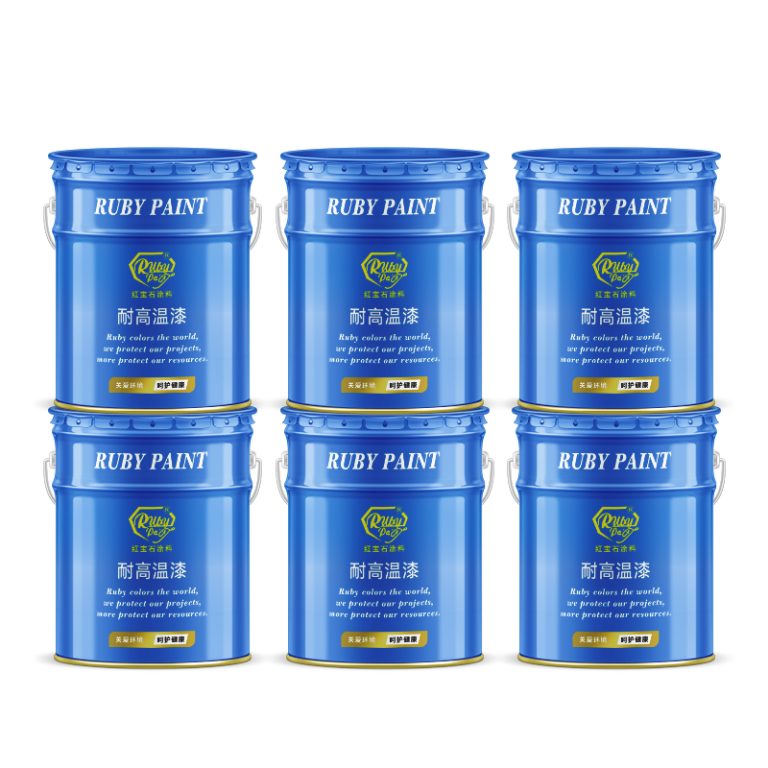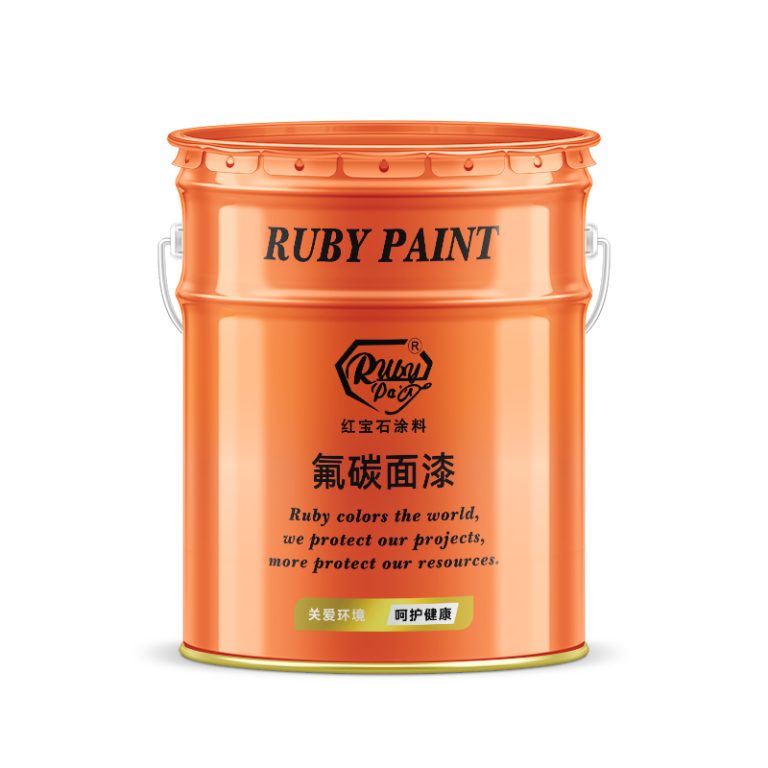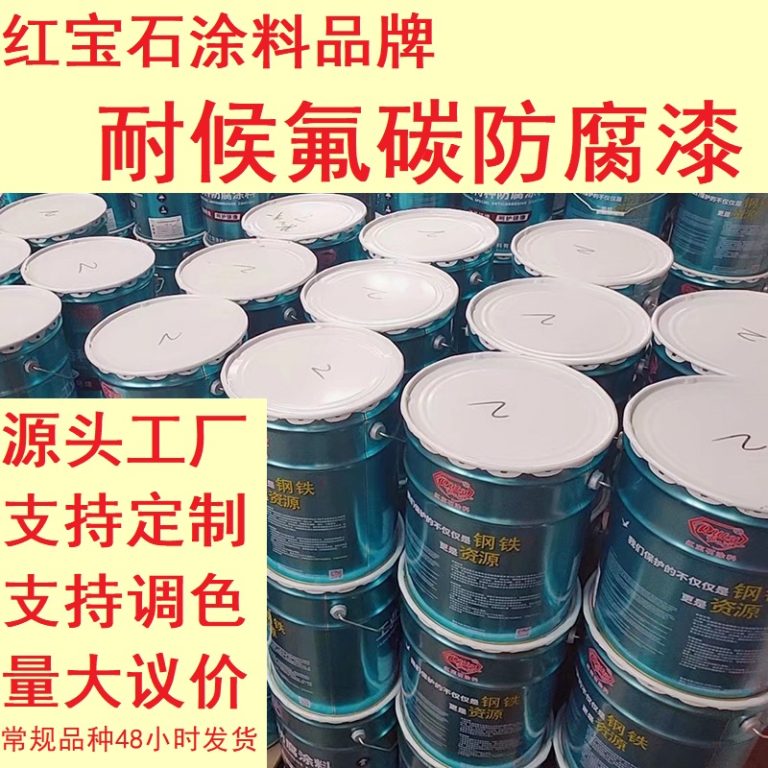Table of Contents
Techniques for Blending and Layering with Zinc White Acrylic Paint
Zinc white acrylic paint, also known as Chinese white, is a versatile and essential color in any artist’s palette. Its unique properties make it an ideal choice for blending and layering techniques, allowing artists to achieve a wide range of effects and textures in their work. Zinc white is known for its transparency and lower tinting strength compared to titanium white, which makes it perfect for subtle color mixing and creating soft transitions between hues.
When blending with zinc white acrylic paint, artists can take advantage of its slow-drying nature. This characteristic provides more working time, enabling smoother blends and gradations. To achieve a seamless blend, start by applying a base color to your canvas or paper. While the paint is still wet, add a small amount of zinc white to your brush and gently apply it to the edges of your base color. Use a soft, circular motion to mix the zinc white into the base color, gradually lightening it as you move outward. This technique can be used to create atmospheric effects, such as skies and clouds, or to soften the edges of objects for a more ethereal look.
| Serial Number | Article Name |
| 1 | Fluoracarbon primer paint |
| No. | Product Name |
| 1 | Industrial paint |
Layering with zinc white acrylic paint also opens up a world of creative possibilities. Due to its transparency, zinc white is excellent for building up layers without completely obscuring the colors underneath. Begin by applying your initial colors in thin, even layers, allowing each layer to dry completely before proceeding. Once the base layers are dry, use zinc white to add highlights or to adjust the value and tone of certain areas. The transparency of zinc white ensures that the underlying colors will still show through, creating depth and complexity in your painting.
Another effective technique for working with zinc white is glazing. Glazing involves applying a thin, transparent layer of paint over a dry, underlying layer. This method can be used to modify the color or value of the lower layer without altering its texture. To create a glaze with zinc white, mix a small amount of the paint with an acrylic glazing medium. This mixture will increase the transparency of the zinc white and improve its flow. Apply the glaze lightly over your painting, using a soft brush to maintain an even application. Glazing with zinc white can soften colors, unify disparate elements, and add a luminous quality to your work.
In addition to these techniques, zinc white can also be used to create texture in your paintings. By mixing zinc white with an acrylic modeling paste or heavy gel medium, you can create impasto effects that add dimension and interest to your artwork. Apply the textured mixture using a palette knife or a textured brush, sculpting it into peaks and valleys as desired. Once dry, the zinc white will retain its shape, providing a tactile quality that enhances the visual impact of your painting.
In conclusion, zinc white acrylic paint is a valuable tool for artists looking to explore blending, layering, glazing, and texturing techniques. Its transparency, slow drying time, and lower tinting strength make it an ideal choice for achieving subtle color transitions and adding depth to your artwork. Whether you are a beginner or an experienced painter, incorporating zinc white into your palette can elevate your artistic expression and open up new avenues for creative exploration.
Comparing Zinc White Acrylic Paint with Titanium White: Differences and Uses
Zinc white acrylic paint and titanium white acrylic paint are two of the most commonly used white paints in the world of art. Both have unique properties that make them suitable for different applications, and understanding their differences can help artists choose the right paint for their projects.

Zinc white, also known as Chinese white, is made from zinc oxide. It is known for its transparency and subtle tinting strength, which makes it ideal for creating soft, delicate hues. This paint is often favored by watercolorists and oil painters for its ability to create gentle gradations and subtle shifts in tone. In acrylic form, zinc white retains these properties, making it a popular choice for artists who want to achieve a similar effect in their acrylic paintings.
On the other hand, titanium white is made from titanium dioxide, a pigment known for its opacity and strong tinting strength. This paint is much more opaque than zinc white, which makes it ideal for creating bold, bright whites and for covering up underlying layers of paint. Titanium white is often used as a base coat or for highlights in acrylic paintings, as it provides excellent coverage and can help to make colors pop.
One of the key differences between zinc white and titanium white is their drying times. Zinc white dries more slowly than titanium white, which can be an advantage for artists who want to work wet-on-wet or who need more time to blend and manipulate their paint. However, this slower drying time can also be a disadvantage for artists who need their paint to dry quickly, such as those working on deadline or in a fast-paced environment.
Another difference between the two paints is their flexibility. Zinc white is more brittle than titanium white, which can make it more prone to cracking or flaking over time. This can be a concern for artists who are working on flexible surfaces, such as canvas, or who plan to roll or transport their paintings. Titanium white, on the other hand, is more flexible and less likely to crack or flake, making it a more durable choice for many applications.
In terms of mixing, zinc white and titanium white also behave differently. Zinc white has a lower tinting strength, which means that it can be mixed with other colors without overpowering them. This makes it a good choice for artists who want to create subtle color shifts or who are working with a limited palette. Titanium white, on the other hand, has a higher tinting strength, which can make it more difficult to control when mixing. However, this strong tinting strength can also be an advantage for artists who want to create bold, vibrant colors.
Ultimately, the choice between zinc white and titanium white acrylic paint will depend on the specific needs and preferences of the artist. Both paints have their own unique properties and uses, and understanding these differences can help artists make informed decisions about which paint to use for their projects. Whether you are looking for a paint that is subtle and delicate or one that is bold and vibrant, there is a white acrylic paint that is right for you.





